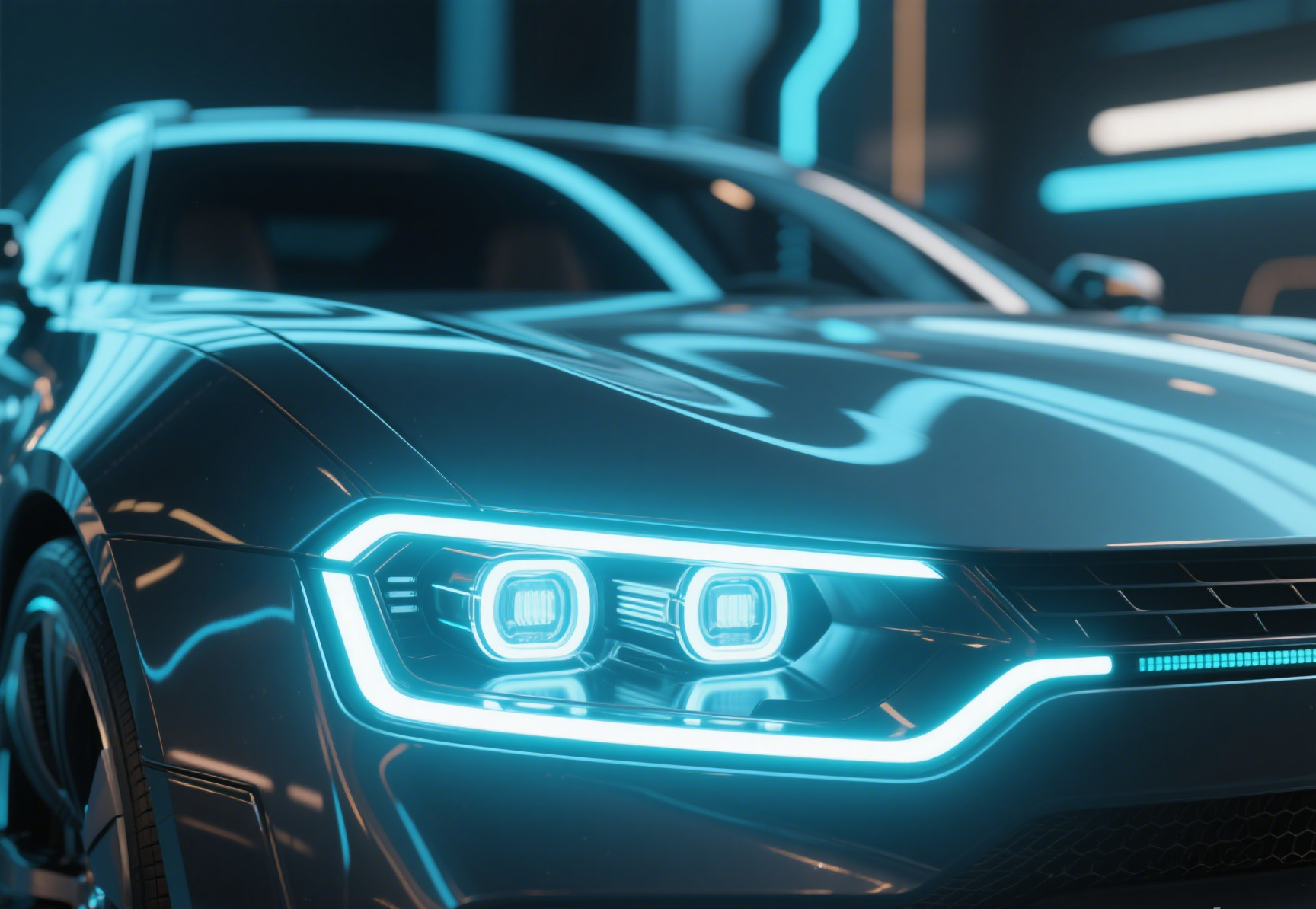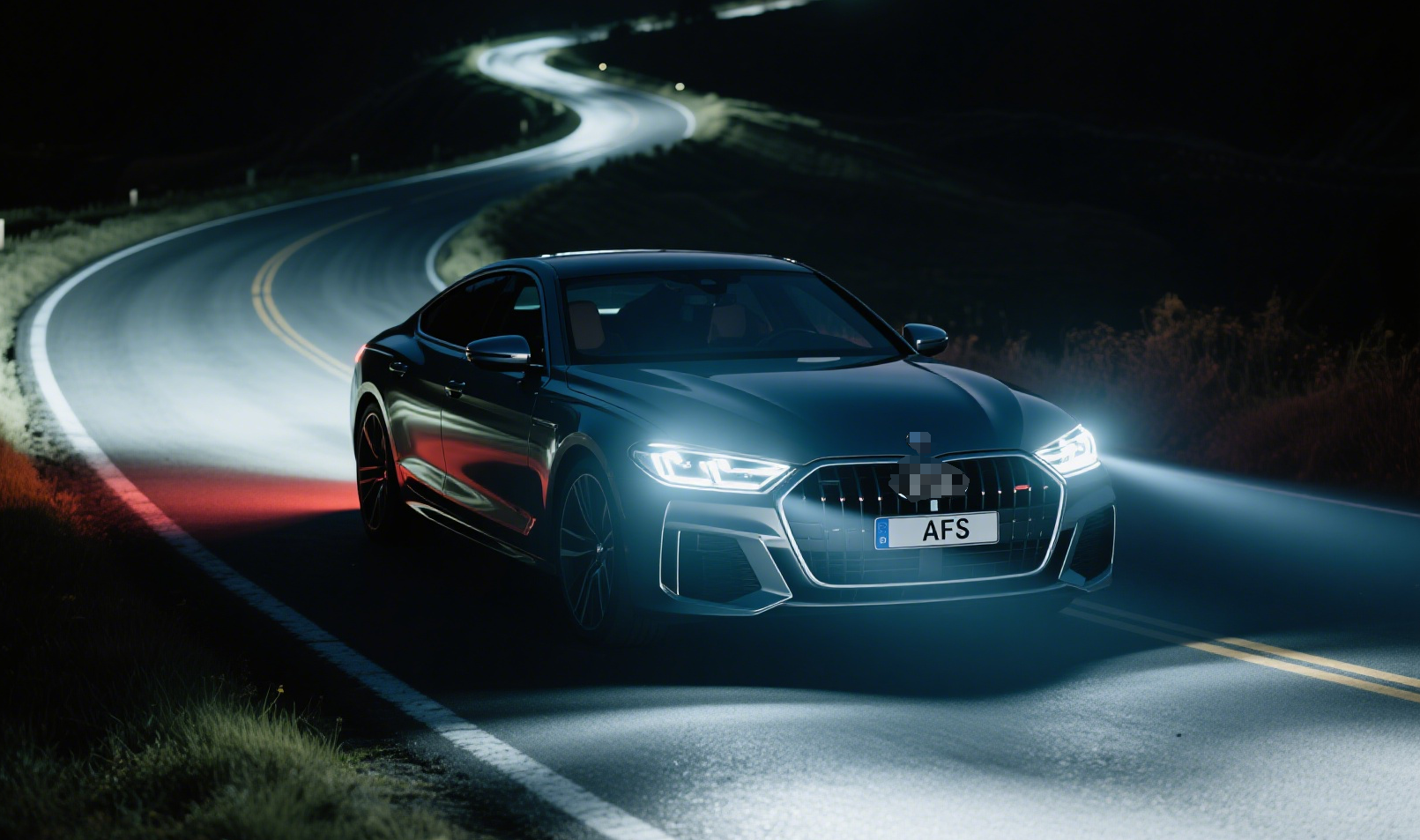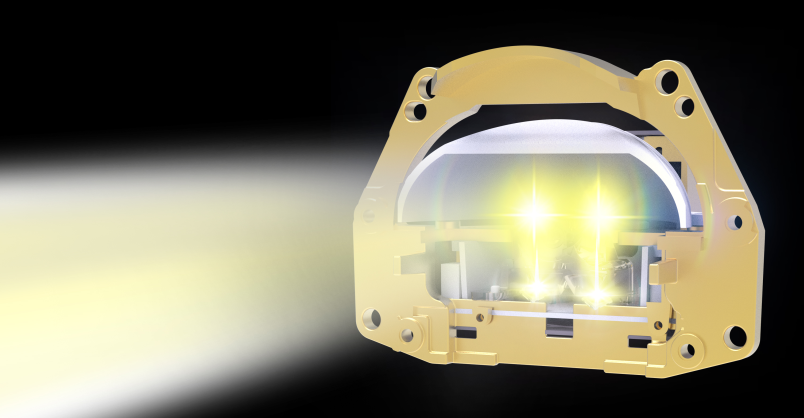Email format error
Email cannot be empty
Email already exists
6-20 characters(letters plus numbers only)
The password is inconsistent
Email format error
Email cannot be empty
Email does not exist
6-20 characters(letters plus numbers only)
The password is inconsistent


Innovations in Car Lighting: What’s Next for Headlight Technology?
The automotive lighting industry is evolving rapidly, with cutting-edge technologies enhancing visibility, safety, and design. From adaptive lighting systems to ultra-precise beam control, the next generation of headlights is smarter and more efficient than ever. Here’s a look at the latest advancements:
1. Adaptive Front Lighting System (AFS) LED Headlights
How It Works:
AFS LED headlights automatically adjust beam direction and intensity based on steering input, speed, and road conditions.
Uses sensors and cameras to detect oncoming traffic, curves, and obstacles, optimizing illumination without blinding other drivers.
Key Benefits:
- Enhanced safety in turns and poorly lit roads.
- Energy-efficient compared to traditional adaptive HID systems.
- Sleeker designs (thinner profiles, customizable light signatures).

2. Prism LED BiXenon Lenses
How It Works:
Combines LED efficiency with BiXenon’s dual-beam versatility.
Prismatic optics split and direct light with minimal scattering, improving intensity and range.
Key Benefits:
- Lower power consumption than pure HID systems.
- Crisper light output with reduced hotspots.
- Adaptive capabilities (can integrate with AFS for dynamic adjustments).

3. Other Emerging Trends to Watch
Laser Headlights:
Used in high-end models (e.g., BMW), offering 2x the range of LEDs.
Activates only at high speeds for long-distance illumination.
Digital Light (Pixel LED):
Projects customizable light patterns (e.g., symbols on the road for navigation).
Enables communication with pedestrians (e.g., crosswalk warnings).
Solar-Powered DRLs:
Small solar panels charge daytime running lights, reducing battery load.

The Future: Smart, Connected, and Sustainable Lighting
Automakers are pushing toward AI-driven lighting systems that sync with navigation and weather data, plus self-healing coatings to prevent lens damage. Expect more eco-friendly materials (recyclable LEDs) and vehicle-to-vehicle (V2V) communication via light signals.
Final Thought:
The shift from "dumb" bulbs to intelligent, adaptive lighting is transforming night driving—making it safer, more efficient, and visually striking.

